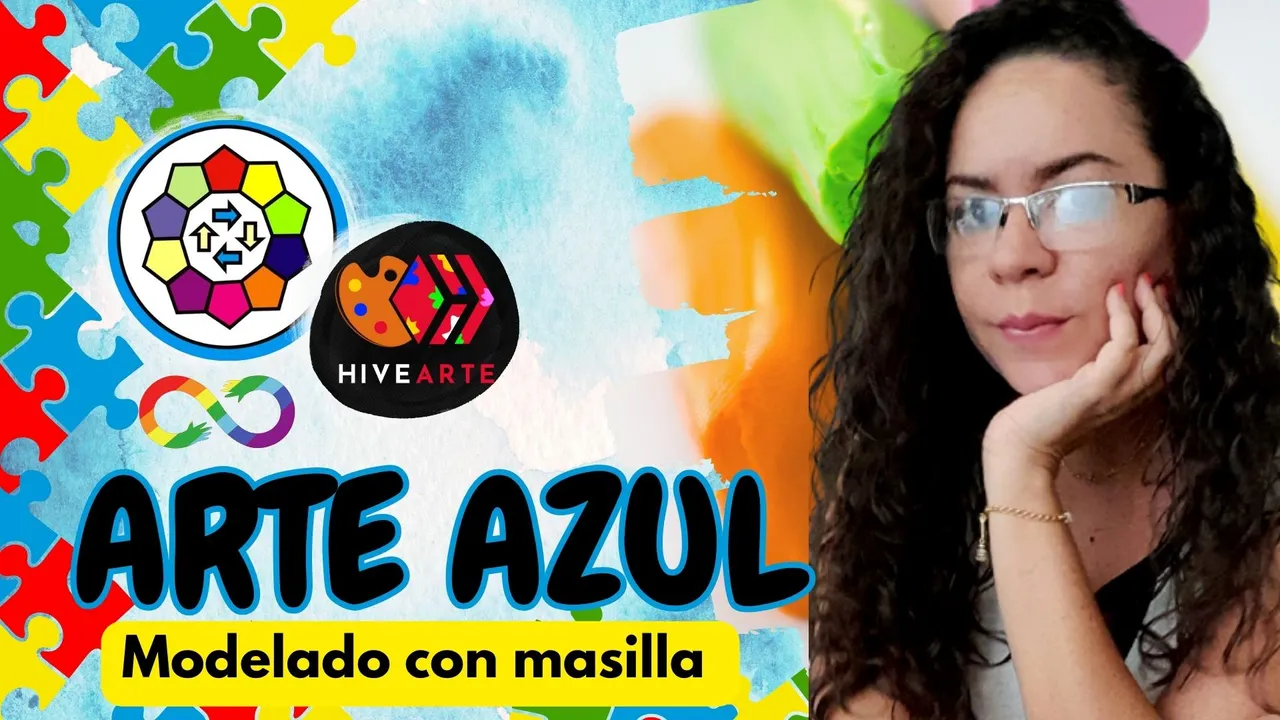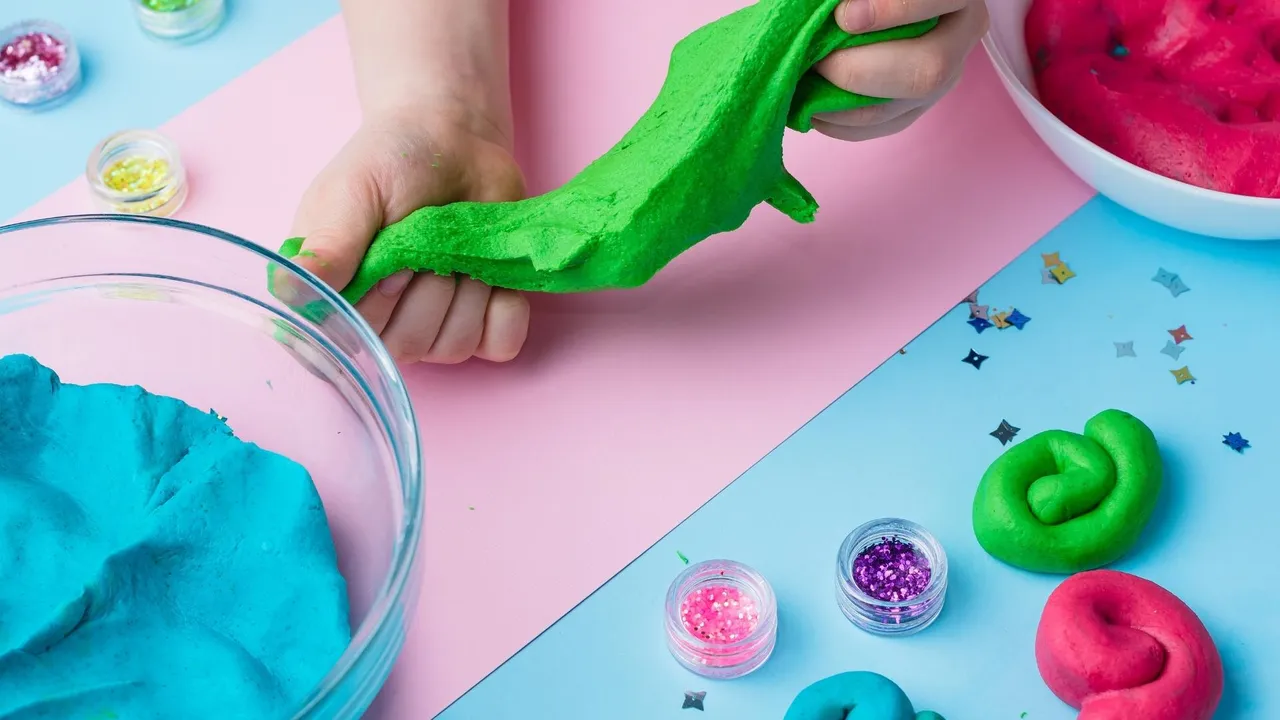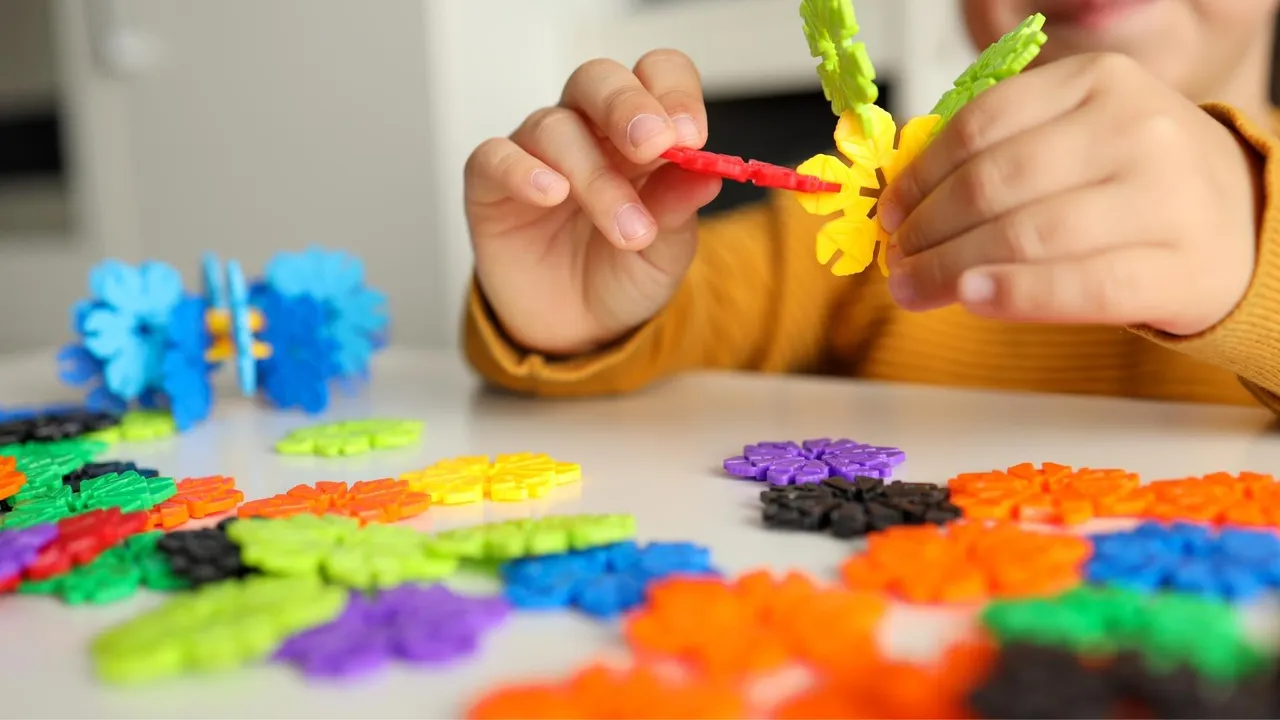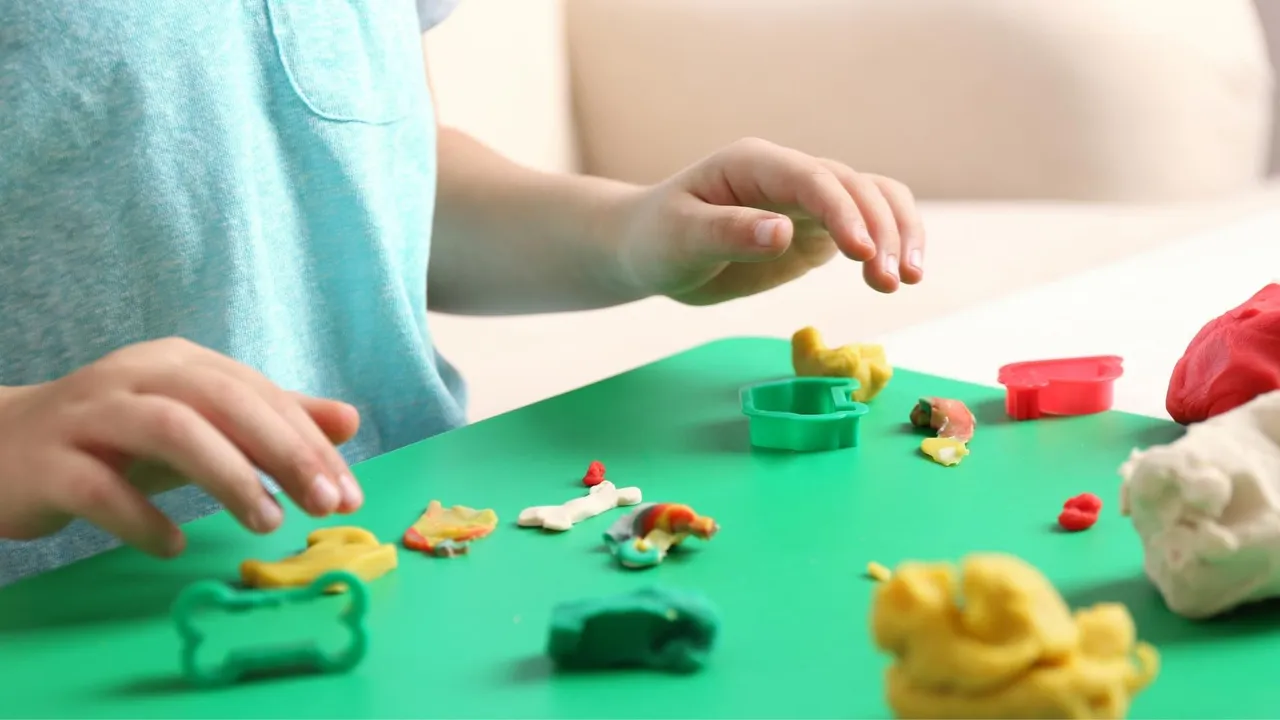Damos la bienvenida a un nuevo día en @mundo.autismo, un día súper especial pues ha llegado la hora de compartir un poco de arte y sus beneficios en el mundo del TEA.
Y por si no recuerdan nuestro último encuentro, ya que fue hace bastante tiempo, les comparto el enlace del ultimo post de la columna Arte Azul, para refrescar un poquito la memoria y poder comprender de qué va la publicación del dia de hoy.

En la entrega anterior hablamos de los beneficios de la pintura para las personas diagnosticadas con TEA, pero no solo la pintura forma parte de las expresiones artísticas que aportan bienestar e innumerables beneficios al mundo del autismo en general, sino que existen otras herramientas dentro de lo que consideramos arte que pueden ayudarles, como es el caso del modelado en masilla, plastilina, arcilla, barro, etc.

Y de esto precisamente hablaremos hoy, pues uno de los principales temas a atacar en el mundo del TEA es la motricidad tanto fina como gruesa, para lo que existen gran cantidad de ejercicios y actividades tendientes a mejorar las habilidades motrices, pero antes de continuar, es importante que tengamos claro qué es la motricidad.
Motricidad
La motricidad no es otra cosa que la capacidad que tiene nuestro cuerpo de realizar movimientos y desplazarse. Y se la clasifica en motricidad gruesa y fina, siendo la gruesa la que tiene que ver con los movimientos corporales de piernas, brazos, torso, etc y la motricidad fina con los movimientos que realizamos con manos y dedos específicamente.

Es decir que la motricidad fina es la que nos permite realizar movimientos que nos son útiles a la hora de vestirnos, comer, escribir, dibujar, y realizar cualquier otra actividad que requiera el empleo de nuestros dedos. Y justamente para estimular la motricidad fina, la expresión artística del día de hoy cobra gran importancia. Así que veamos.
Modelado con masilla
Dentro de este grupo se encuentran: la plastilina, la arcilla, el barro y cualquier otro material que permita ser moldeado o moldeado con las manos para crear alguna figura, real o imaginaria.
Es una herramienta utilizada en los preescolares precisamente para desarrollar la motricidad fina al mismo tiempo que trabaja otros aspectos realmente importantes. Pero también es una de las actividades por los especiales para trabajar en arte terapia o en casa con personas diagnosticadas con TEA. Y sin más, vamos a conocer algunos de sus beneficios.
Beneficios
- Ayuda a desarrollar la motricidad fina.
- Mejora la capacidad de observar y reproducir objetos.
- Ayuda a manejar el estrés y la frustración.
- Es una excelente herramienta para expresarse.
- Desarrolla el sentido del tacto.
- Fomenta la imaginación.
- Ayuda a desarrollar fuerza muscular en las extremidades superiores, etc.
Como pueden ver son muchísimos los beneficios que esta expresión artística proporciona, así que ¿qué estás esperando para ponerla en práctica?

We welcome a new day in @mundo.autismo, a super special day because it's time to share some art and its benefits in the world of ASD.
And in case you don't remember our last meeting, since it was quite some time ago, I share with you the link of the last post of the Arte Azul column, to refresh your memory a little bit and to understand what today's publication is about.
In the previous post we talked about the benefits of painting for people diagnosed with ASD, but not only painting is part of the artistic expressions that bring welfare and countless benefits to the world of autism in general, but there are other tools within what we consider art that can help them, as is the case of modeling in putty, clay, clay, clay, etc..

And this is precisely what we will talk about today, because one of the main issues to attack in the world of ASD is both fine and gross motor skills, for which there are many exercises and activities aimed at improving motor skills, but before we continue, it is important that we are clear about what motricity is.
Motor skills
Motor skills is nothing more than the ability of our body to perform movements and move. And it is classified into gross and fine motor skills, being the gross that has to do with body movements of legs, arms, torso, etc. and fine motor skills with the movements we make with hands and fingers specifically.

That is to say that fine motor skills allow us to perform movements that are useful when dressing, eating, writing, drawing, and any other activity that requires the use of our fingers. And precisely to stimulate fine motor skills, today's artistic expression is of great importance. So let's see.
Modeling with putty
Within this group are: plasticine, clay, mud and any other material that can be molded or shaped with the hands to create some figure, real or imaginary.
It is a tool used in preschoolers precisely to develop fine motor skills while working on other really important aspects. But it is also one of the activities by the special ones to work in art therapy or at home with people diagnosed with ASD. And without further ado, let's get to know some of its benefits.
Benefits
- Helps develop fine motor skills.
- Improves the ability to observe and reproduce objects.
- Helps manage stress and frustration.
- It is an excellent tool to express oneself.
- Develops the sense of touch.
- Encourages imagination.
- Helps to develop muscle strength in the upper extremities, etc.
As you can see there are many benefits that this artistic expression provides, so what are you waiting to put it into practice?